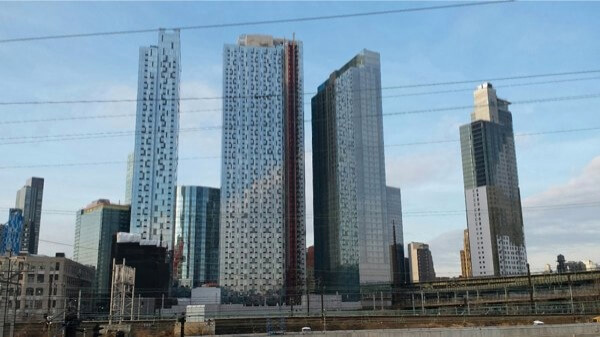Despite the flurry of real estate activity in Long Island City amid the fallout from the Amazon HQ2 debacle, a new city comptroller’s report shows that the northwest region did not make up for the borough as a whole. Queens apartment sales overall are in a slump.
Apartment sales in the “World’s Borough” fell 11.7 percent from 3,421 to 3,022 in the second quarter of 2019. Real estate company Douglas Elliman also reported that the number of one- to three-family homes sold in Queens fell by 9.4 percent in 2019, on a year-over-year basis.
While the volume of real estate sales in Manhattan rose 12.5 percent over the past year, Robert Glessman, Douglas Elliman’s executive manager of sales for Queens, argued that the drop is indicative of a much larger trend across the city. He pointed out that Brooklyn’s apartment sales also dipped by 4.5 percent over the past year.
“As a whole, things are down, yes, and that’s because there’s no sense of urgency. Everyone is waiting for a better deal,” said Glessman, explaining the trend as a result of low interest rates. “People buy by emotion and urgency.”
Glessman said that the other problem facing real estate in Queens is that the regions that tend to offer the biggest deals tend to have lower-density housing. The southeastern region in neighborhoods like Jamaica and St. Albans tends to have lower prices, but it offers houses instead of condos, so it doesn’t make a big dent in the data.
Despite the drop, Andrew Barrocas of MNS Realty, said that he wasn’t concerned over the health of new apartment buildings in the borough. He said he was confident that the amount of new construction would change the trend.
“It’s a number that’s difficult. That number is heavily it could shift depending on when closing happen,” said Barrocas.
As a result of the drop, the listing inventory rose 23.4 percent to 6,004 in the second quarter of 2019 compared with the same period last year, according to the report.
“So we have more inventory on the market and sales are down. That tells me that more people are coming on the market,” said Glessman. “They’re looking to play who’s looking to come down. And when numbers come down, sales will come up.”































